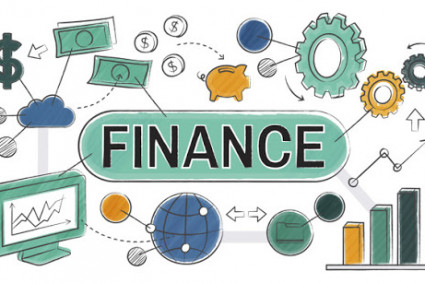
For many years, credit unions have been regarded as stable financial institutions that prioritize their members and the communities they serve. As the frequency and complexity of cybercrime increases across the financial services sector, these member-owned organizations will have to work harder to protect themselves from attacks. A recent unfortunate situation that befell Central One Federal Credit Union Data Breach shows that institutions even with a history of stability and trust are still susceptible to the evolving threat actor tactics.
1. Smaller Budgets, Increased Risks
Credit unions typically operate on smaller technology budgets than large commercial banks. Their focus on delivering member services and targeted lending programs makes funding sophisticated cybersecurity tools or a dedicated team available to monitor behavior 24/7 difficult, making it harder to detect, respond, or develop long-term security strategies. This reality places credit unions at further risk as they represent easier targets for malicious actors.
2. Legacy Systems Create Structural Weaknesses
Many credit unions still rely on older banking systems from years ago that were created more for transactional stability and regulatory compliance than modern cyber securing. Legacy banking systems are often built without updated and proper authentication tools/ techniques, timely security patches, encryption, or proper network segmentation, all of which allow cybercriminals to exploit predictable weaknesses, move laterally across systems, and eventually access sensitive data with little effort.
3. High-Value Member Data is Enticing for Threat Actors
While the population a credit union serves may be less than a major bank, the data they store is just as sensitive. In member records, credit unions typically hold Social Security numbers, government-issued IDs, banking account details, and loan-specific information. The stockpile of member data makes credit unions high-value targets because threat actors can monetize stolen data by committing identity theft, initiating fraudulent transactions, or selling information on dark web marketplaces.
4. Fast Digital Growth Without Changing Security
Credit unions have rapidly adopted online banking, mobile, loan portals, and digital verification tools to meet member needs. However, many organizations are adopting online and digital banker services in line with security conditions. Credit unions find problems with vendors, limited configurations in the cloud, expanding attack surface exposure scenarios, and limited APIs. If security commitment and investment do not match the pace of adoption of tools, it will allow attackers to throw more rocks into the window and gain greater speed of attacking systems with newly exercised vulnerabilities.
5. Predictable Operating Models are *Business As Usual* for Attackers
Cybercriminals are starting to realize that credit unions have similar operational models: small IT teams with few cybersecurity referents, and moving slower toward their modernization routines. These systems allow criminals to build dedicated attack strategies that exploit speed in addressing the predictable gaps associated with operations, such as delayed patch cycles, inconsistent scopes for monitoring, or simply not being prepared for an incident. This makes targeted attacks more efficient and profitable for threat actors.
Enhancing Cyber Resilience
The obstacles facing credit unions are not easy to overcome, but they can be overcome. Investments across the industry—cloud security, threat detection, identity management, and vendor management—can among other methods lower risk. Leadership needs to view cyber risk as a core operation, not simply an expense. The incident reported at Central One Federal Credit Union is a good reminder that established institutions must assess and enhance their cyber resilience.



